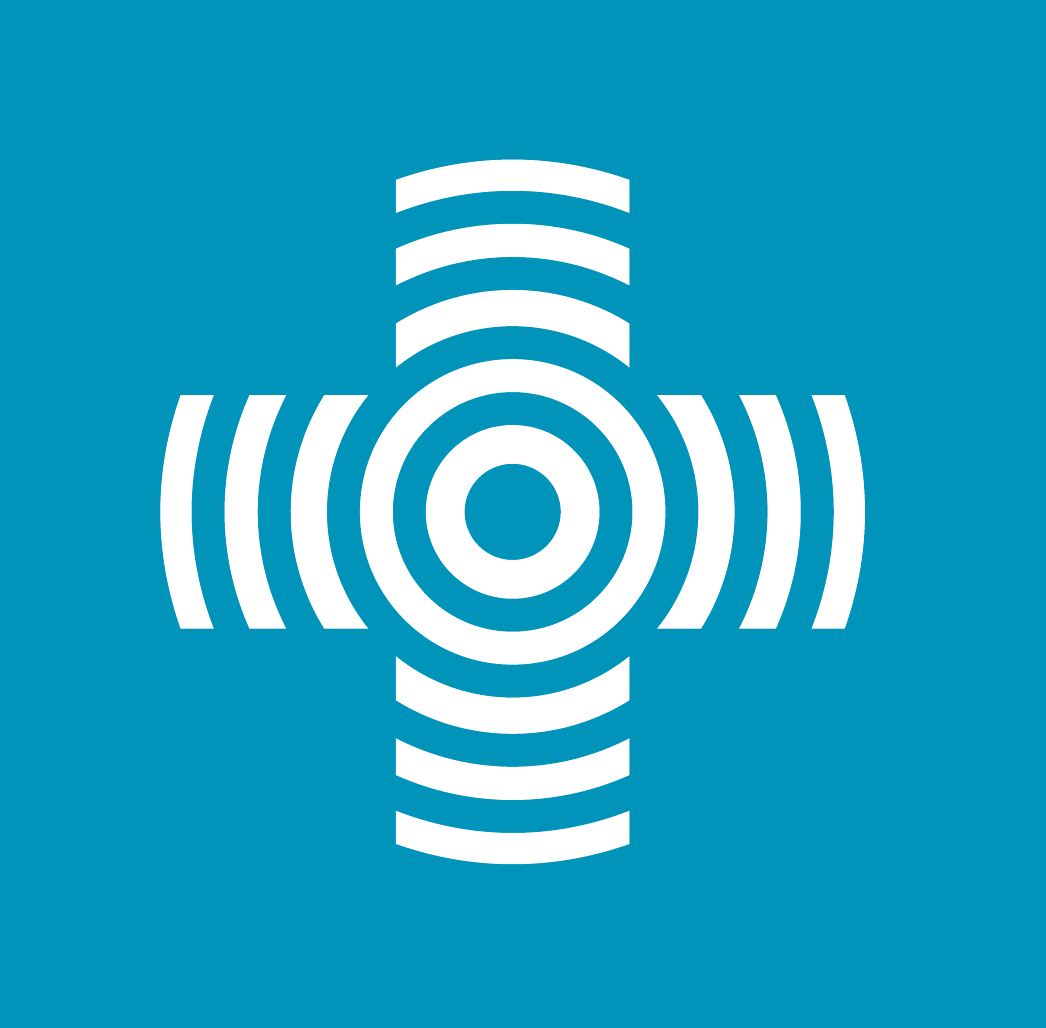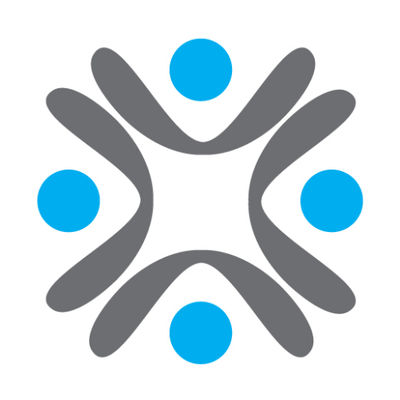As organizations continue to seek ways to extend behavioral healthcare to more care settings and intervene before patients resort to costly ED visits, more companies and products arrive on the market to solve for a growing number of use cases.
Behavioral health integration: Primary care sites can expand behavioral health services with embedded screening assessments and clinical decision support tools, on-demand teletherapy or telepsychiatry consults, and closed-loop referral solutions.
Pediatric and adolescent care: Children and adolescents face even greater behavioral healthcare shortages than adults, but organizations can work to close care gaps with virtual visits to connect patients with psychiatric care and talk therapy, digital therapeutics for conditions like anxiety or ADHD, and gamified or incentive-based care plan adherence tools.
Employee health: Employers and payers can leverage digital to deliver evidence-based and personalized support at scale with self-guided mindfulness and resilience training, telehealth EAP services, prevention chatbots, and curated content libraries.
Substance use disorders: Digital solutions place recovery tools within reach for more patients with virtual medication-assisted treatment for opioid use disorder, prescription digital therapeutics to promote abstinence from alcohol and other substances; and digital screening, triage, and referral solutions to help providers at all points of entry identify at-risk patients and refer them for appropriate resources.
ED-based interventions: When patients in crisis present at emergency departments for help, health systems can utilize digital tools to deliver evidence-based support and follow-up communication for patients at risk of suicide, immediately initiate treatment for opioid use disorder, or automatically locate the appropriate inpatient setting for patients who require higher levels of care.














































